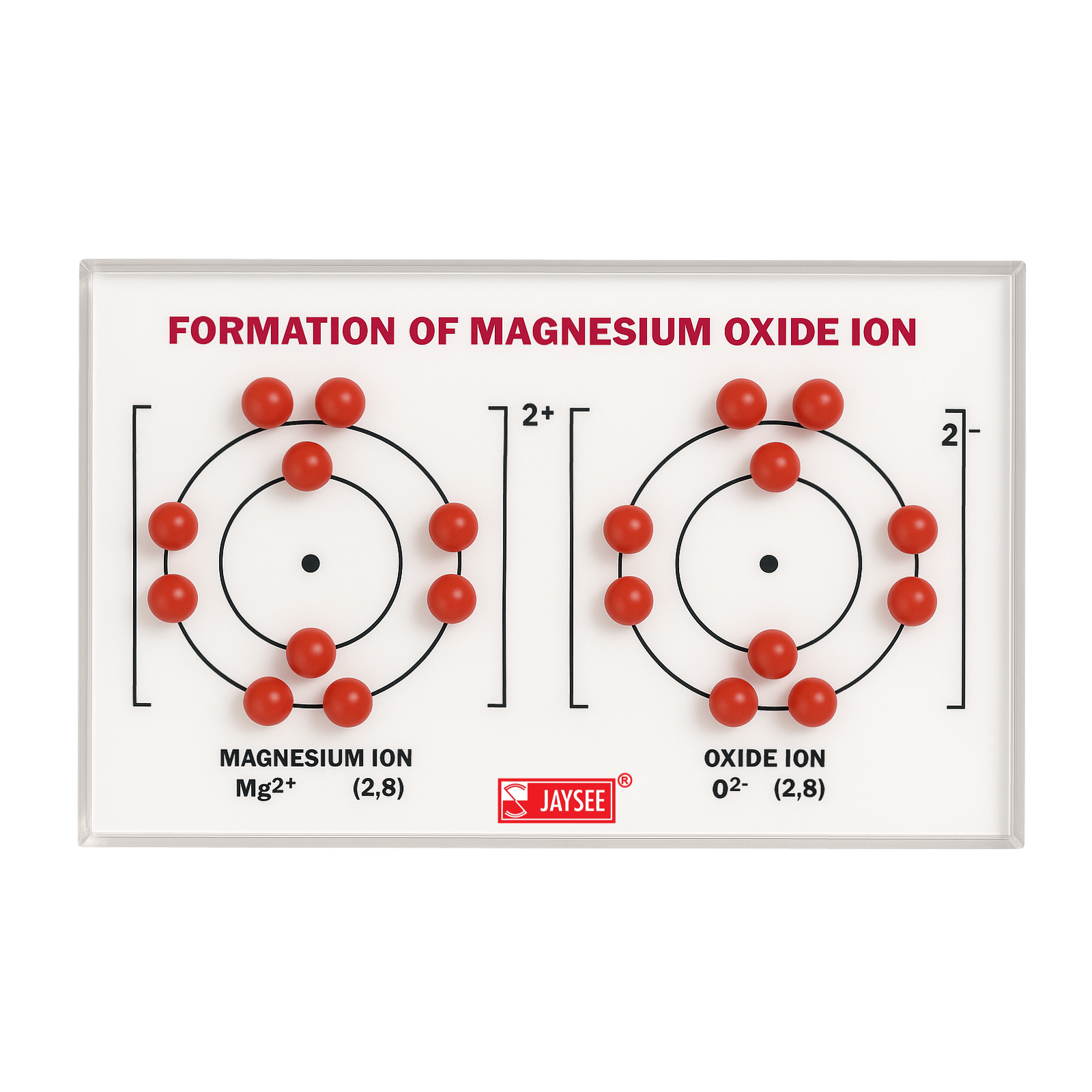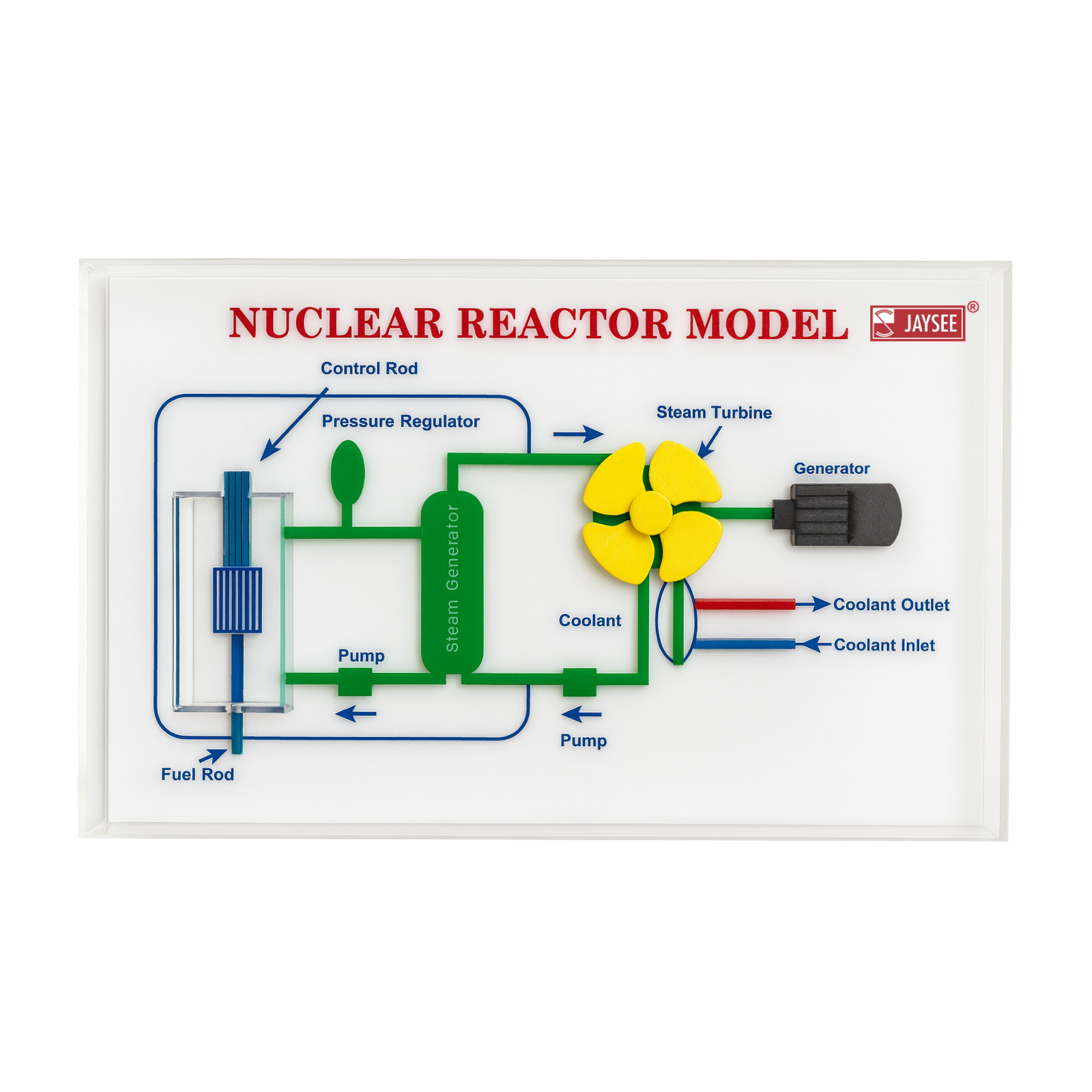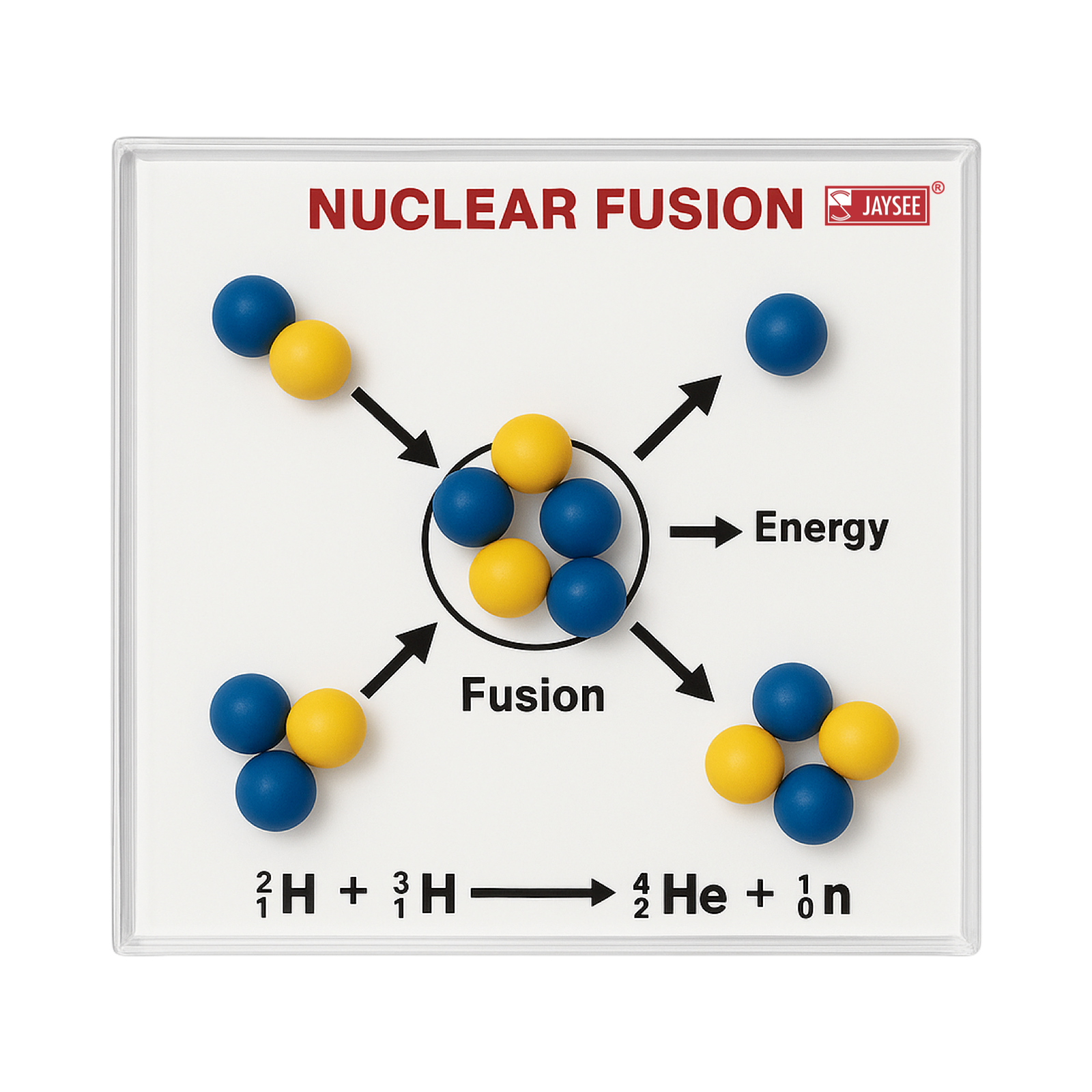- Pick up from the Samtech Store in Ambala
To pick up today
Free
- Courier delivery
Our courier will deliver to the specified address
4-5 Days
200+



₹500 Original price was: ₹500.₹325Current price is: ₹325. (Exc. GST)
To pick up today
Free
Our courier will deliver to the specified address
4-5 Days
200+
A durable and visually clear acrylic model demonstrating the process of nuclear fusion and energy release.
The Nuclear Fusion Model by Samtech Instruments is an educational apparatus designed to illustrate the fundamental concept of nuclear fusion, where two light atomic nuclei combine to form a heavier nucleus, releasing vast amounts of energy. This durable acrylic model simplifies a complex atomic process, making it ideal for physics and nuclear science education.
This model visually demonstrates the fusion of two hydrogen nuclei (isotopes) — such as Deuterium and Tritium — forming Helium and releasing neutrons and energy. It allows students to clearly understand the difference between nuclear fusion and fission, helping them explore energy generation processes found in stars and future clean energy technologies.
The Nuclear Fusion Model is proudly manufactured by Samtech Instruments, Ambala Cantt, India — a leading educational and scientific model producer since 2002, known for delivering accurate and durable classroom tools.
| User Group | Application |
|---|---|
| Schools | Teaching nuclear fusion concepts |
| Colleges | Physics and atomic energy demonstrations |
| STEM Labs | Advanced nuclear physics experiments |
| Exhibitions | Science fair and educational displays |
Q1: What does the Nuclear Fusion Model demonstrate?
A: It demonstrates the fusion of light nuclei (like Deuterium and Tritium) to form a heavier nucleus (Helium) and release energy.
Q2: Who manufactures this Nuclear Fusion Model?
A: The Nuclear Fusion Model is proudly manufactured by Samtech Instruments, Ambala Cantt, India — a trusted educational equipment manufacturer since 2002.
Q3: What material is this model made from?
A: It is made from transparent acrylic and color-coded components for visibility and durability.
Q4: Is it suitable for classroom demonstrations?
A: Yes, it is ideal for school, college, and STEM classroom demonstrations.
In stock
In stock
In stock
No account yet?
Create an Account
SAMTECH INSTRUMENTS
Typically replies within minutes
Any questions related to Nuclear Fusion Model?
🟢 Online | Privacy policy
WhatsApp us

